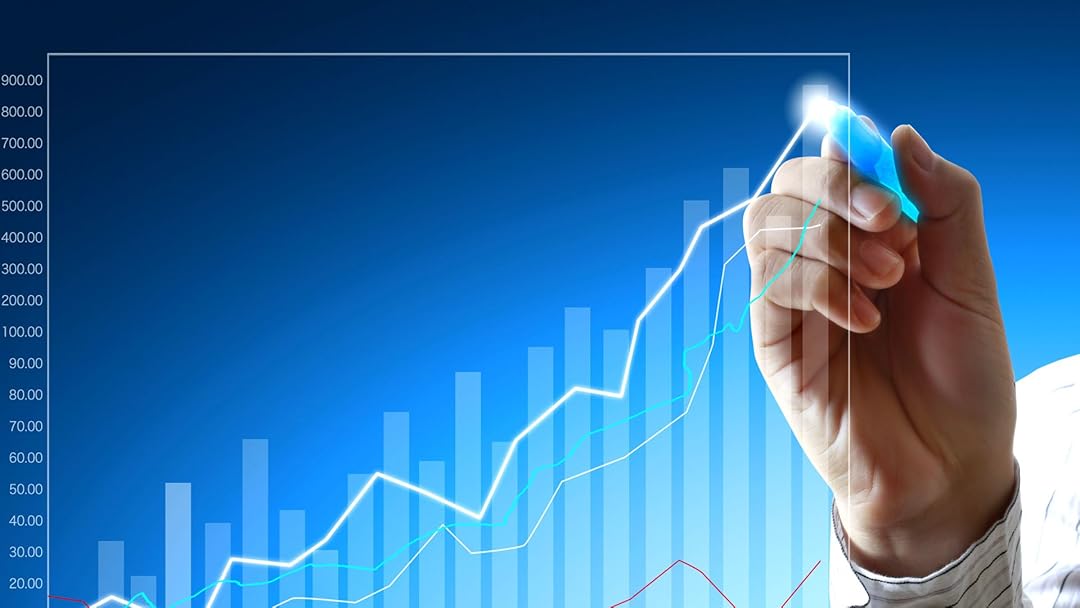
Three Market Phases in 2025: Can You Play Them All?
Capital Personal – The financial landscape of 2025 is anything but predictable. Global investors are facing a year split into three market phases, each with its own opportunities, risks, and winners. If you are serious about protecting and growing your portfolio, the question is not whether you should adapt to these shifts but how fast you can.
Forget static long term strategies. In a year like this, timing, sector rotation, and psychological readiness could make the difference between outperforming the market or getting left behind. So what are the three market phases in 2025, and more importantly, can you play them all?
The first quarter of 2025 saw the markets rebound with surprising strength. A combination of easing inflation data, record low unemployment in developed economies, and aggressive corporate buybacks created a mini euphoria in both US and Asian markets.
Tech stocks, especially AI related sectors, roared back to all time highs. Bitcoin crossed 118K, retail trading returned with a vengeance, and IPO pipelines started reopening after a dry 2024.
Investors who jumped in early reaped impressive gains. But here is the catch. Many rode this rally based on sentiment rather than fundamentals. According to fund managers, this was the most crowded rally since late 2021. If you missed it, the next two phases offer redemption. If you participated, it may be time to rebalance.
Read More: The Silent War of Tech Giants: Apple vs Meta in the XR Space
Now entering mid year, the market is shifting gears. Rising geopolitical tensions in the South China Sea and uncertainty around upcoming US elections are creating nervousness. Traders are increasingly pulling capital out of high growth equities and moving into energy, defense, and consumer staples.
This is the rotation phase, and it rewards strategy over speed.
Bond yields have started climbing again, triggering a pause in rate cuts from major central banks. As liquidity tightens, risk tolerance drops. Volatility indexes are rising and daily swings are back.
If you are an active investor, this is your moment. Tactical moves between sectors, short term hedging strategies, and quick response to earnings surprises can deliver alpha. Passive investors, meanwhile, are likely to experience sideways returns.
The third phase remains a mystery, but clues are emerging. Analysts are split between two outcomes. One camp believes that valuations will peak around September, followed by a sharp correction triggered by credit tightening and slower consumer demand.
The other side sees an incoming boom. They point to AI infrastructure expansion, record low inventories in critical commodities, and a rising middle class in emerging markets as engines for a fourth quarter rally.
What makes this phase so critical is its binary nature. If a correction comes, defensive positioning and cash preservation will be key. If the boom scenario plays out, being overly cautious could mean missing a generational upside.
Either way, by Q4, clarity around US policy, corporate earnings, and global energy dynamics will determine the winner of the year.
The short answer is yes. But it requires discipline and data. Gone are the days of buy and forget. Today, you need to be informed in real time, be willing to pivot your asset allocation, and embrace diversified vehicles such as ETFs that track sector trends.
Tech savvy platforms now offer dynamic rebalancing tools, AI driven insights, and thematic investing bundles. Use them. Track market sentiment, stay plugged into macroeconomic updates, and do not be afraid to hold cash during uncertain phases.
Playing all three phases also means understanding your own risk profile. Not every investor should chase every rally or short every pullback. What matters most is adapting your moves to the rhythm of the market without abandoning your core principles.
Behind closed doors, wealth managers are urging clients to focus less on predicting the exact moment of inflection and more on positioning for each scenario.
Many are recommending a barbell strategy, with exposure to high growth tech on one side and defensive dividend stocks on the other. Others are advising clients to accumulate gold and short term treasuries as a buffer against late year turbulence.
And almost everyone agrees that 2025 is a trader’s market, not a passive investor’s paradise.
This is not a normal year. With markets divided into three clearly different emotional and economic phases, static strategies are being punished and informed adaptability is being rewarded.
Whether you caught the early year surge, are currently maneuvering through sector rotation, or are preparing for what comes next, three market phases in 2025 offer more than enough opportunity for the flexible and focused investor.
So can you play them all? Yes. But only if you stop thinking in years and start thinking in phases.